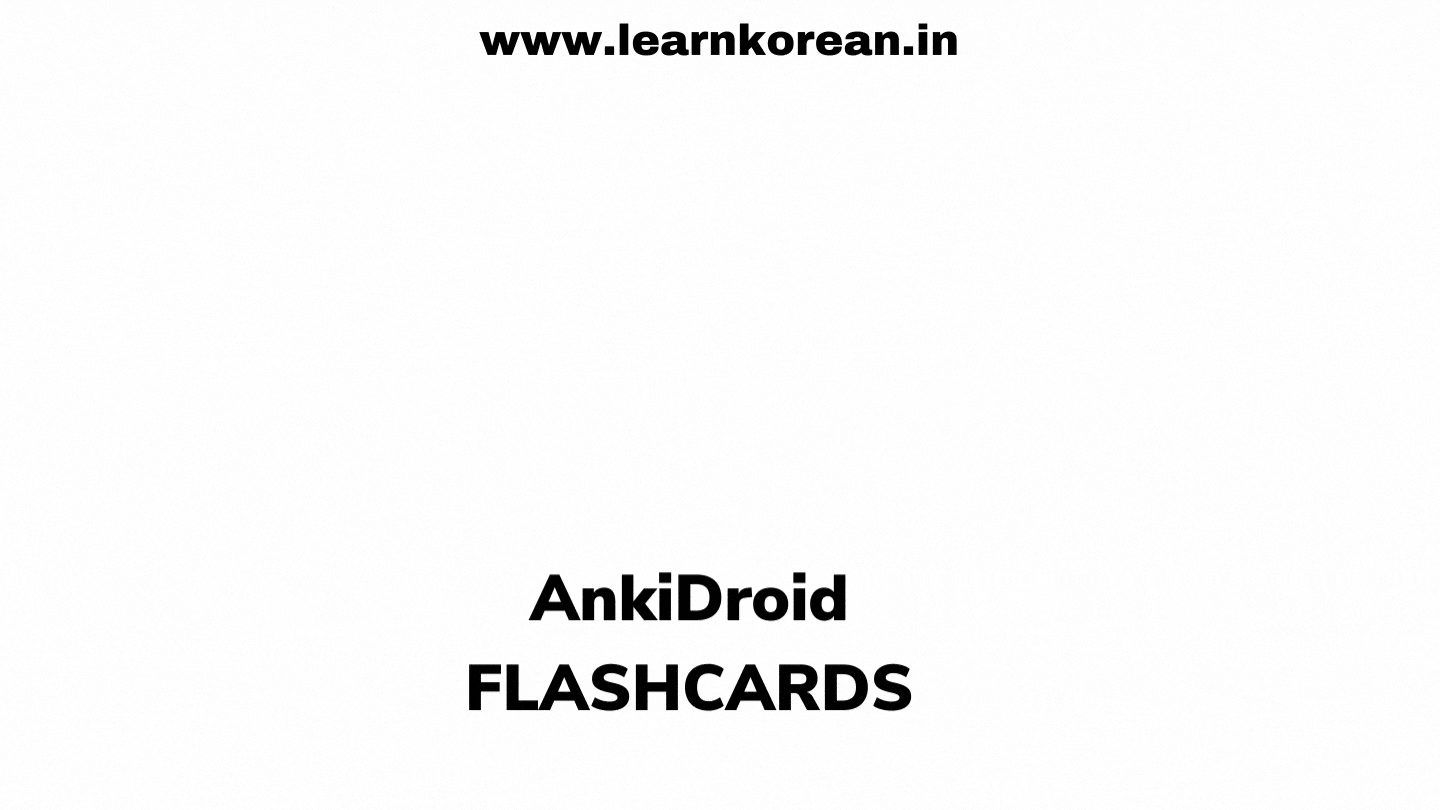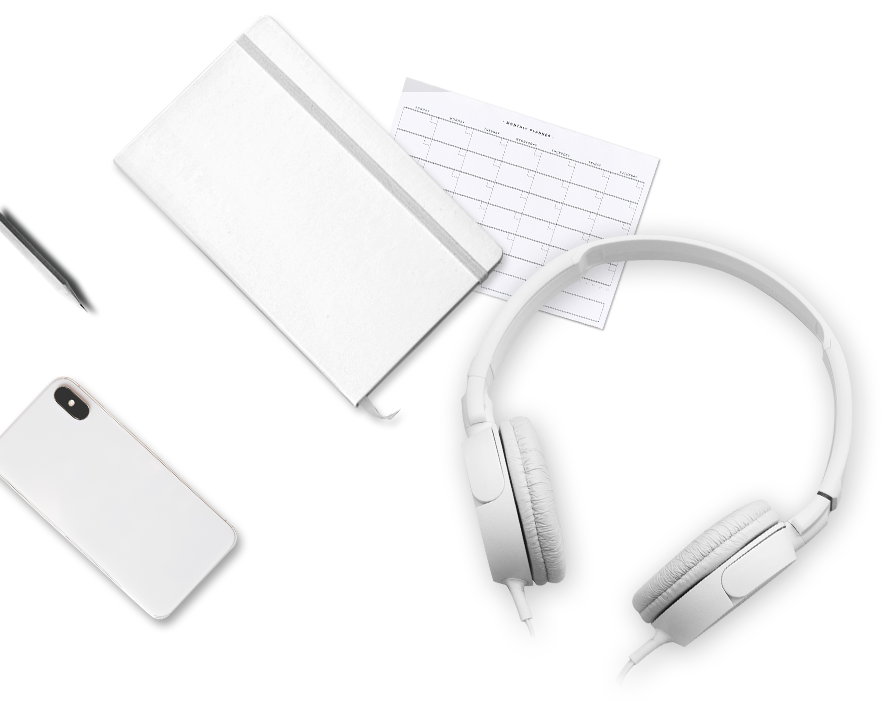Repeating vocabulary for hours but can't seem to get the hang of it ? No need to worry today we've brought the most used spaced repetition system (SRS).
The most common and biggest concern among Korean learners is to remember the vocabulary. Retaining the vocabulary might be one of your problem.
Last time we talked about whether to learn vocabulary or grammar first ?
Check : To learn Korean Vocabulary or Grammar first ?
Anki software is known to be the most effective spaced repetition system to study and retain the vocabulary in target language (TL), and has been used by the people in the language learning community for years now.
As you might already know, retaining vocabulary for the longest time is much harder than getting the hang of using grammar patterns as it requires tons of situations for you to come across where you can use the words regularly for your brain to retain.

Using random flashcards software is quite popular among people but we prefer Anki as it is known to be the most effective in the spaced repetition system because of its algorithm which keeps track of the progress, retention rate and categorises notes to bring forward at specific intervals in order to give enough exposure and ultimately helps in retaining.
It can seem a little intimidating at first to use it because of its UI features but you'll be able to get the hang of it slowly.
To get things running as quickly as possible I will tell you about the working and how it can be helpful to retain vocabulary.
Installation of Anki app/software
It's a free platform to use and can be downloaded on your Android, iPhone, Windows, Mac and Linux as well. You can download the latest version from the Anki website.
There is a third party Android app, AnkiDroid, which is available to download for free on Google Play. There is also an online version of Anki: AnkiWeb.
The rest of this article I'll focus on setting up the Android version of Anki.
Building Blocks of Anki
When you open up Anki, you will only have one “Default” deck which you can rename as one according to your preference.
Decks are essentially groups of flashcards.
You can create a “deck” by pressing the “+” button at the bottom of the page. The create deck in order to create your own folder. By clicking on "Add note" will allow you to add notes to the particular deck.
You can click on "Get shared deck" in order to add vocabulary decks from AnkiWeb created and shared by others.
Even though it has the option of adding as many decks as you want, I would recommend having not more than two decks so the system keeps track of all the necessary notes to revise as keeping separate decks will make the guessing easier.
Creating a separate deck for separate vocabulary words would give you enough hints for the answer which would make it easier for you to recall the answer. So I would recommend not to create more decks than two.
Add study notes
The most important thing to keep in mind is to add sentences instead of words for learning vocabulary. Adding one or two sentences with one specific word would be fine.
You can create new cards by selecting “Add note” option in the “+” button at the bottom of the page.
You can select which "Note type" you want to use, and which "deck" you want the card to go into. Then fill in the relevant fields and click "✓" to add.
After creating a deck, you can add notes. The system provides the option for adding image, audio clip, recording, translation etc.
The front of the deck should contain the sentence in your target language (TL) and back should contain the meaning of the sentence. You can highlight the specific word if necessary.
The default algorithm is problematic so you should formulate the algorithm according to your learning.
If you've been using Anki for a while then you'll need to update or remove the older notes from time to time.
In order to sync your AnkiDroid with your AnkiWeb account on your other devices, you can set that up in the “Network” tab.
Reviewing the notes
When reviewing the notes it will show you the front side of a card, you can reveal the backside of the deck by clicking “Show Answer”. Once the backside of a card is shown, you have to grade it.
When grading a card in Anki, you’ll have 4 options to grade your experience : “again”, “hard”, “good”, and “easy”.
I would strongly recommend ONLY using the “AGAIN” and “GOOD” buttons as the “HARD” and “EASY” buttons have counterintuitive effects on Anki’s algorithm and may cause problems in the long term.
If the specific note is understandable you have to click "Good" and the ones you face problem to recall the meaning in 10 secs, click on "again" so it trains the algorithm to bring it again for practice.
Statistics : Check retention rate
Your retention rate is shown in the statistics options in the drop section on the left side of the page.
The retention rate is categorised into three categories: Learning, Young, and Mature.
Learning : cards which you are in the process of learning that you might not fully remember.
Young : cards which you might have fully learnt but might forget if not retained for a long time. You might recognise the words but won't classify them as fully learnt.
Mature : cards that you have already learnt and won't easily forget even after a month. Not practicing won't affect anything.
Retention rate only concerns Mature cards. In my personal opinion the ideal retention rate for mature cards should be between 80% to 90%.
You might want to check these :
20 most common Korean drama phrases
Daebak !! 26 Korean words added to Oxford English dictionary
By following the steps mentioned above you'll be able to use Anki memorizing tool most effectively. I hope it helps you in memorising words more easily and effectively. Not to mention the same could be used to memorize or be familiar with the grammar patterns. So be free and explore the system in order to suffice your language learning.
Please share your experience with us. We're always looking forward to hearing from you.
To understand how to read and write the Korean alphabet and join our online certificate course in order to fulfill your dream to work in Korea or appear for the TOPIK exam.
Please check these pages :
- Learn Korean Script Hangeul in 1 Hour
- Join our Level 1 online certificate course
- TOPIK - The complete guide
If you are going to appear for the TOPIK test or just need a boost in Korean language we would strongly advise you to join our online certificate course. One reason is that this course is developed and taught by people who are not only top level experts in Korean language but also are passionate about teaching Korean and helping learners like you achieve their dreams.
If you're new to Korean language we would advise you to buy our KOREAN LANGUAGE FOR INDIAN LEARNERS book available on Amazon and Flipkart. Also available on Kindle.
Thank you.

